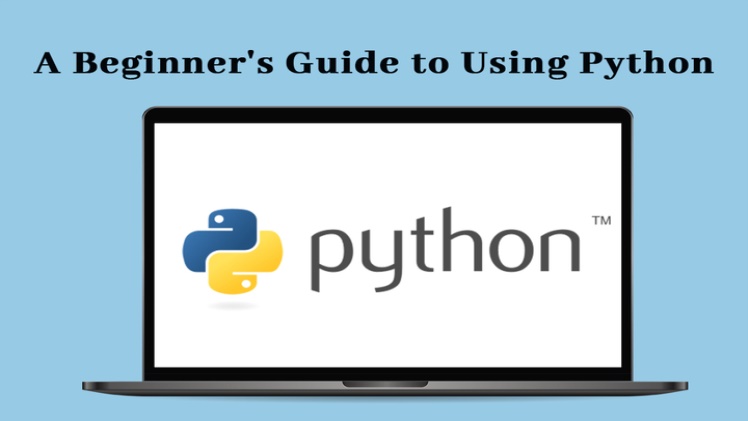Recently, Python has emerged as the most universally used programming language. From software testing and building websites to machine learning, the application of Python is ubiquitous. the best Data Science course in Chennai with teaching professionals
For example, Netflix’s recommendation algorithm is based on Python, and even the software controls self-driven cars. Keep scrolling to learn everything about using Python.
Installing & Running Python
-
On Windows
Download Python 3.x for Windows. First, click the installer file and then follow the prompts on the screen. Then, you will see an entry named IDLE-Python 3.x GUI-32/64 bit. Click the folder and open it. This is the platform for coding in Python, called Python shell.
Then, click File > New File, and a new script will be created. Write the line print(“hello world”) and then click Run > Run module.
Finally, you will have your first program in Python.
-
On macOS
For running Python on Mac, you must download Python 3.x. Follow the on-screen instructions to finish the installation process and then search for the IDLE application. Click to open the file, and this will be your platform for coding in Python.
Then, click File > New File, and a new script will be created. Then, you can follow the instructions given above for Windows to have your first program.
Uses of Python
Generally, Python is used for task automation, website and software development, data visualization, data analysis, etc. The programming language is relatively easy to learn, and that’s why it has been adopted by scientists, accountants, and other non-programmers for completing a variety of tasks, including tracking the stock market, organizing finances, etc.
Here’s a more detailed look at how Python is used.
-
Web development
Python is used to develop the back end of applications and websites. These parts are typically not seen by the users. The role of this programming language in web development includes processing data, sending data to and from servers, communicating with databases, ensuring security, and URL routing.
Flask and Django are some of the frameworks offered by Python for web development.
The web development jobs where knowledge of Python is required are Python developers, DevOps engineers, full stack engineers, back end engineers, etc.
-
Software testing
Python aids software development tasks like bug tracking, build control, and more. In addition, software developers utilize this programming language to automate testing for new features or products. Requestium and Green are some tools used for software testing.
-
ML and data analysis
In data science, Python has become a staple. It allows data assessment, and you can even use it to carry out complicated statistical calculations, build machine learning algorithms, create data visualizations, etc. . For example, one of the uses is for image preprocessing for OCR, making it easier to scan text inside images and change it into digital format.
Python can help in building several data visualizations like pie charts, bar and line graphs, 3D plots, and histograms. Also, there are several libraries that coders can use to write programs for machine learning and data analysis more efficiently.
-
Automation
Do you want to get rid of mundane tasks? With Python, you can forget having to perform tasks repeatedly. You can automate the tasks with Python.
In the coding world, you can use automation to check for errors across multiple files, remove duplicates in data, execute simple math, convert files, etc.
Beginners can also use Python to automate simple tasks on the computer, like finding and downloading online content, renaming files, sending emails, etc.
-
Other tasks
Python is not only for data scientists and programmers. By learning this programming language, you can open new career possibilities for yourself. The language also comes in handy in other professions like social media marketers, small business owners, or journalists.
Non-programmers can use the language to simplify tasks in their lives. For example, some tasks you can automate with Python are updating your grocery list, filling out online forms automatically, keeping track of crypto prices or the stock market, renaming large batches of files, converting text files to spreadsheets, etc.
Benefits of Using Python
There are several reasons why Python is a popular language.
- The simple syntax of the language mimics natural language. Hence, it is easier to read and comprehend. This is why it takes less time to build and improve projects.
- The language is beginner-friendly and popular for entry-level coders.
- It is a universal language used for several tasks, from machine learning to web development.
- Python’s archive of libraries and modules is vast and constantly growing.
- The language is open source, so it is free to use and distribute.
- The programming language has an active and large community contributing to the language’s pool of libraries and modules. These act as helpful resources for developers and programmers. Furthermore, undying community support means that developers or coders can count on someone for assistance if they struggle to find a solution.
Conclusion
This guide will help you get started with Python, and then you can improve your knowledge and skills by signing up for online courses or classes. You can also take help from the community.





